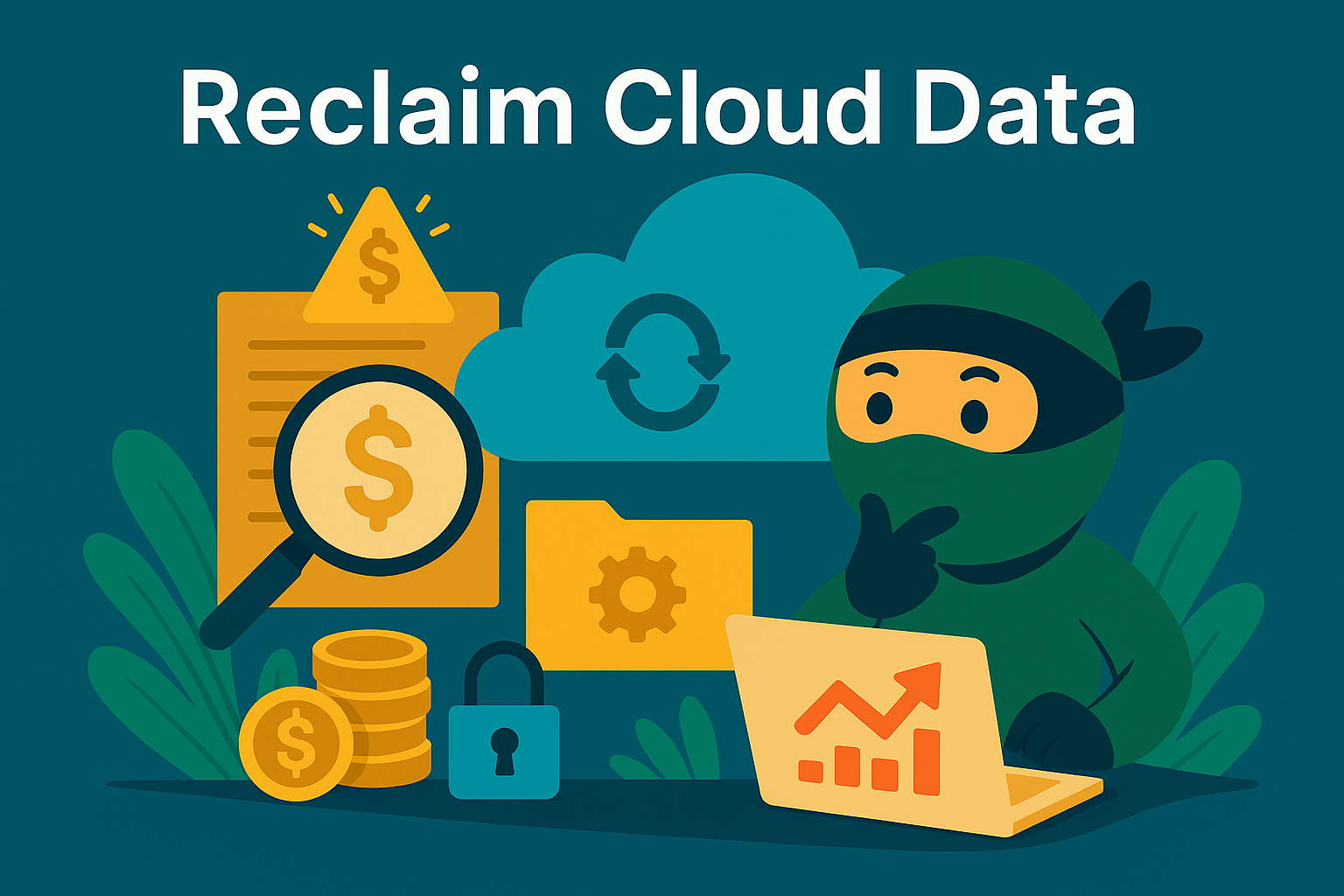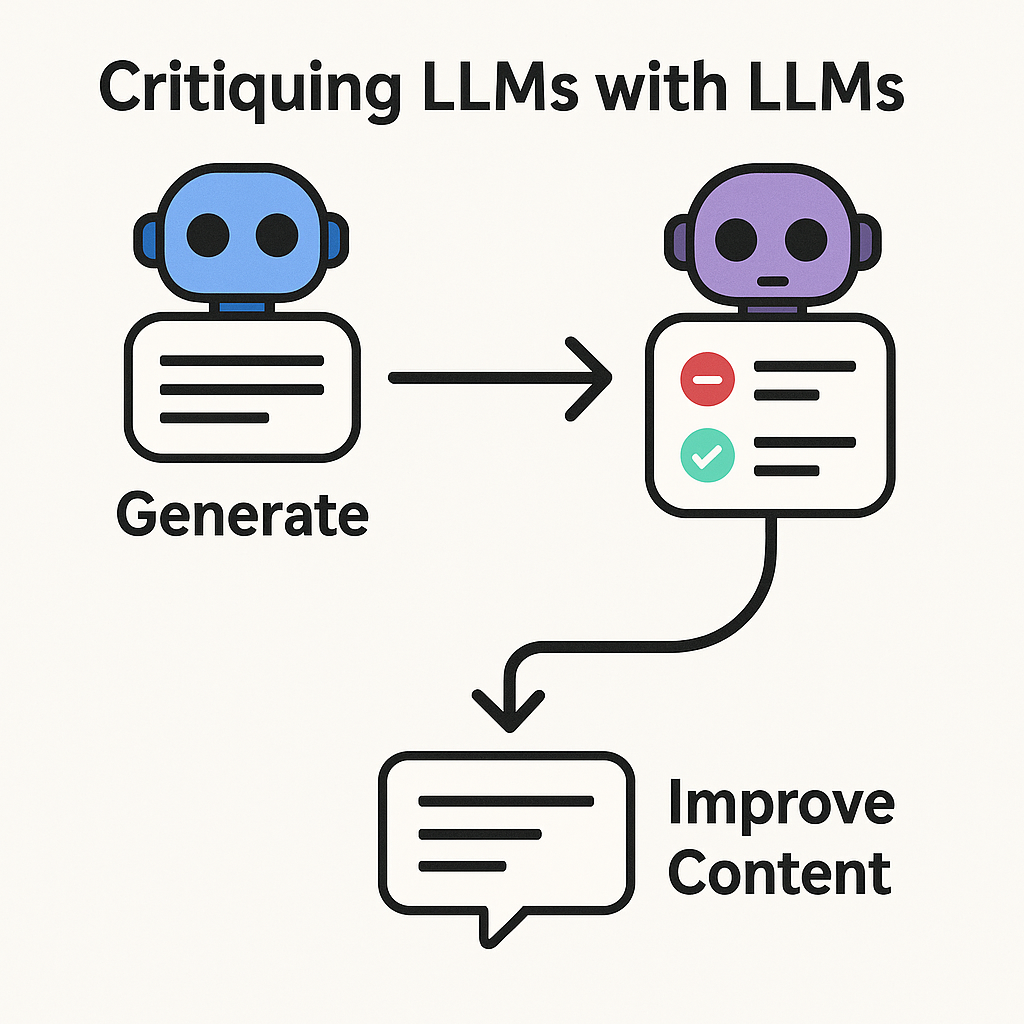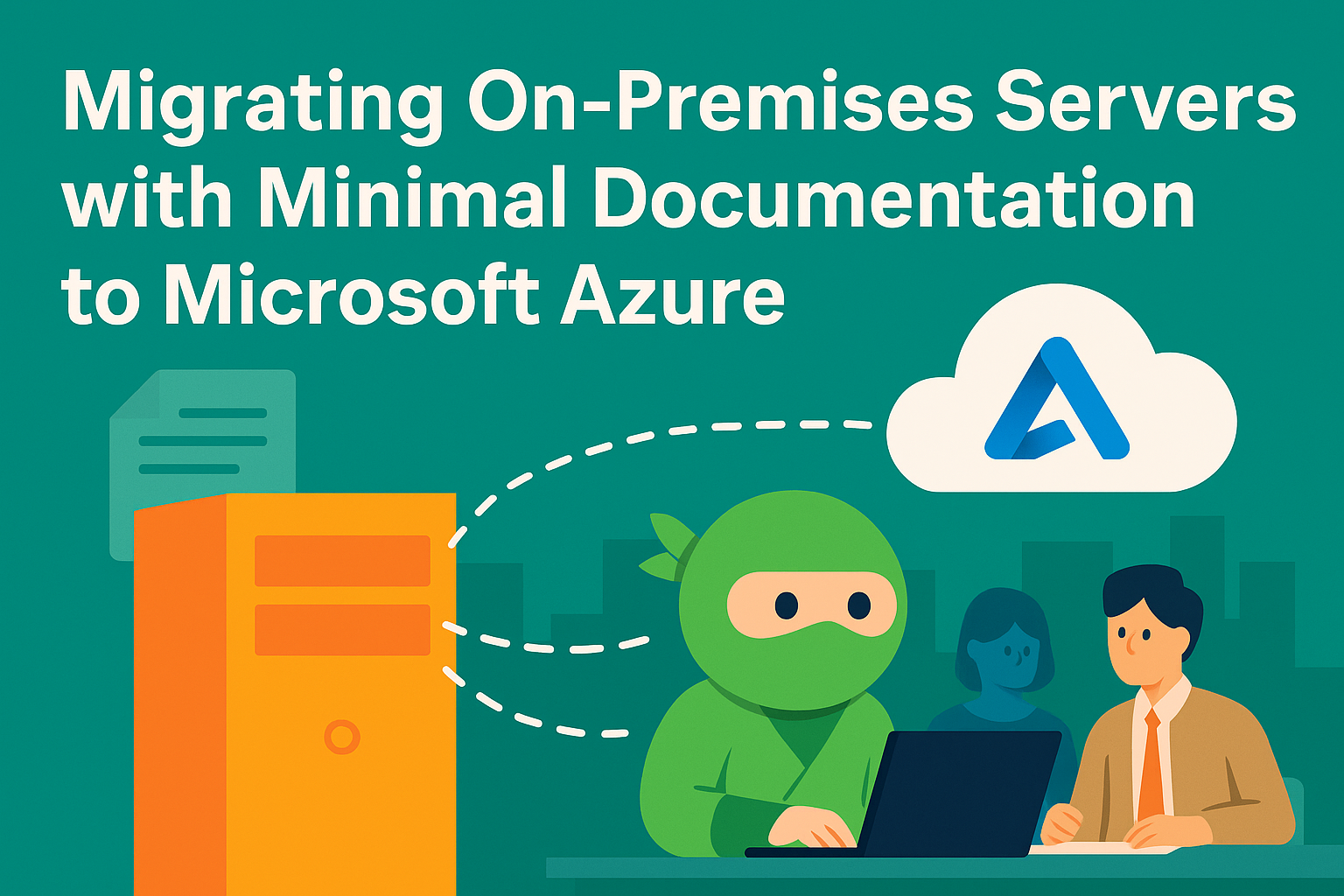When a client’s CFO noticed a recurring charge of $1,200 for a contract tool nobody had touched in months, it set off alarms-and led to reclaiming over $30,000 in wasted SaaS spend. If your cloud bill hides similar surprises, follow this three-step process to uncover hidden data, organize it efficiently, and move it to a secure, lower-cost home without risking compliance.
Discover Hidden Data
Why this matters
- You can’t pause or cancel a subscription until you know what’s in it
- Manual clicks across multiple screens are slow and error-prone
How we do it
Most SaaS platforms provide a REST API (Representational State Transfer application programming interface) – a set of HTTP endpoints for creating, reading, updating, and deleting data. We run lightweight scripts to:
- Pull complete lists of records, attachments, and metadata
- Scan tens of thousands of entries in minutes
- Tag items as “must-keep,” “archive,” or “delete” based on your policies
With full visibility into your data footprint, you’ll know exactly what to tackle next.
Next up: turning raw exports into clear categories.
Organize with a Large Language Model (LLM)
Why this matters
- Raw JSON or XML exports are hard to review manually
- Accurate classification helps you meet retention policies and cut storage costs
How we do it
We feed API dumps into a large language model (LLM) – an AI trained to read, cluster, and summarize text at scale. For example, processing thousands of customer notes might yield categories like support requests, billing inquiries, and feedback – each with concise summaries.
Sample record:
{
"id": 345,
"type": "customer_note",
"content": "Discussed renewal options; follow up in Q3."
}LLM output:
- Category: Customer interactions
- Action required: Follow up
- Recommended retention: 2 years
By assigning each record to a must-keep, archive, or delete bucket, you avoid over-retaining data and reduce ongoing fees.
With your data organized, you’re ready to extract and secure it seamlessly.
Extract, Transform, Store
Why this matters
- Keeps critical data accessible and secure in a lower-cost environment
- Ensures compliance through encryption and strict access controls
How we do it
- Extraction
- Automate API calls while respecting rate limits
- Log requests and handle errors gracefully
- Transformation
- Validate, normalize, and dedupe fields
- Scrub or encrypt sensitive information
- Storage
- Load into a data warehouse (Snowflake, BigQuery)
- Archive in object storage (Amazon S3, Google Cloud Storage)
- Or move to an on-premise archive for full control
For one client, archiving five years of support tickets in object storage cut storage costs by more than 60% – all while keeping records accessible.
Bottom Line
In under a month, we had unlocked over $30,000 in savings. Ready to expose your own hidden budget?





